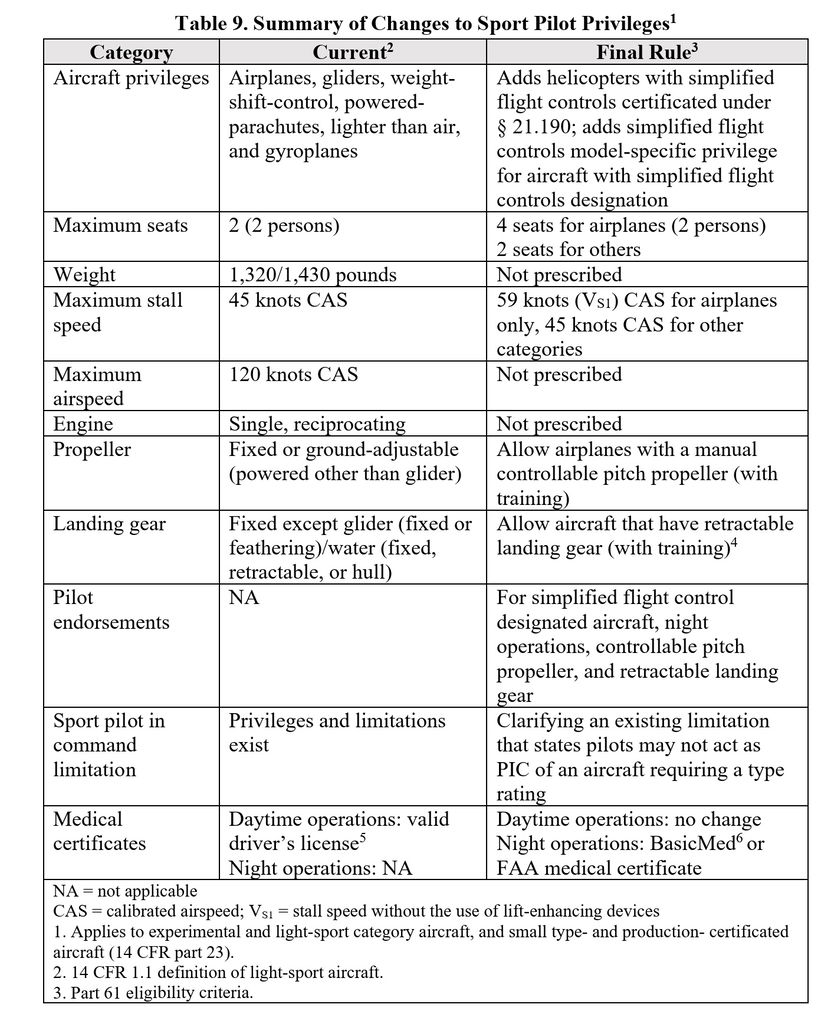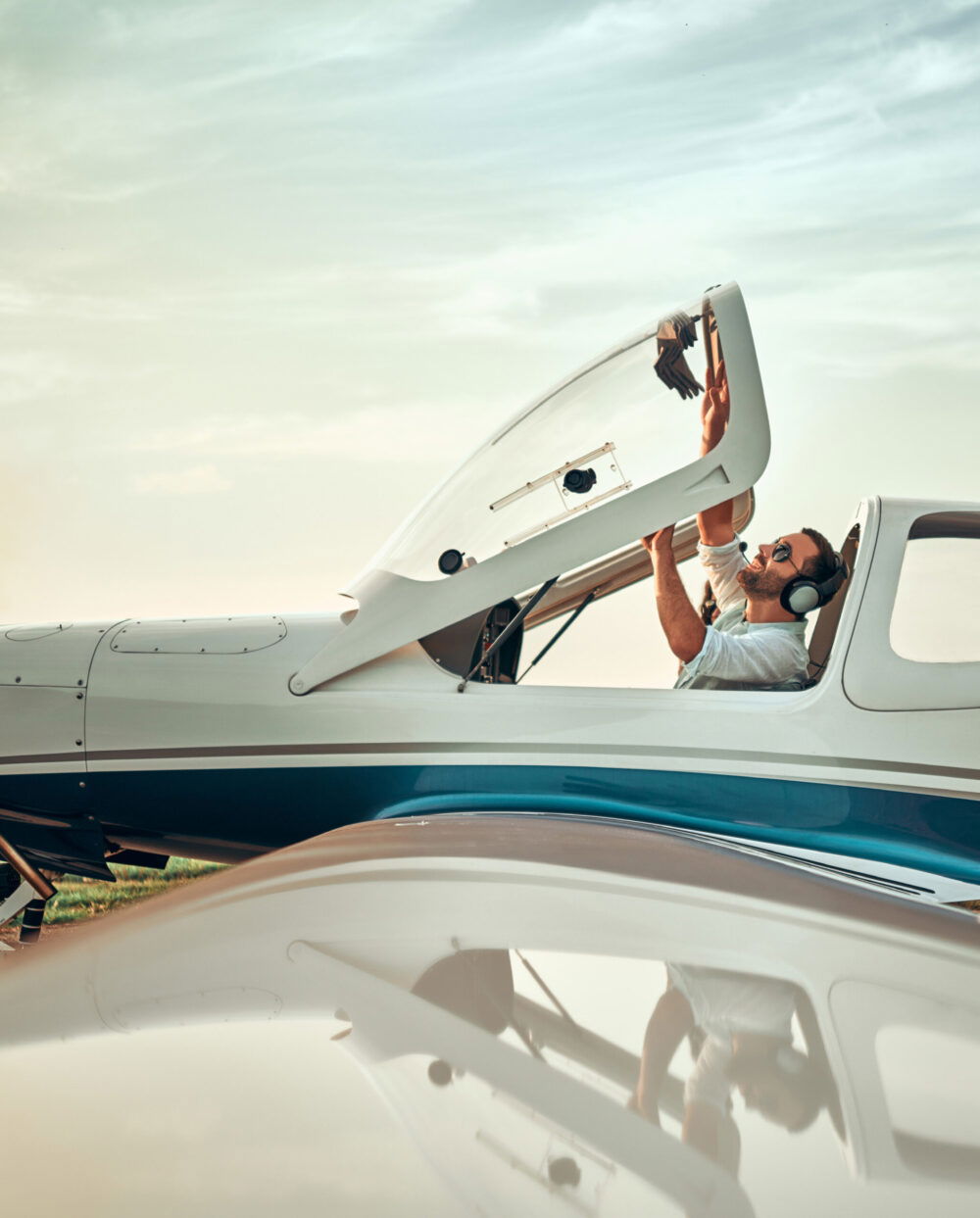The FAA has finalized its long-awaited Modernization of Special Airworthiness Certification (MOSAIC) rule, implementing broad changes to the light sport aircraft (LSA) category and sport pilot privileges.
Signed on July 18 and unveiled at EAA AirVenture on Tuesday in Oshkosh, Wisconsin, the rule marks the most sweeping update to this segment of general aviation since 2004, the agency said.

Under MOSAIC, the FAA is removing the existing weight limit for LSAs and replacing it with performance-based criteria, allowing for faster, heavier, and more capable designs. Aircraft with up to four seats, retractable landing gear, constant-speed propellers, and alternative propulsion systems such as electric power will now be eligible for certification under the LSA category.
Expanded Privileges for Sport Pilots
The rule also expands what sport pilots can fly and how they can operate.
With proper training and endorsements, sport pilots will be allowed to fly at night, operate more complex aircraft, and make use of advanced systems previously limited to higher certificate levels. The two-person occupancy limit remains, but eligible aircraft now include a broader range of configurations, including helicopters and powered-lift.
For the first time, the FAA will also permit limited commercial activities under the LSA framework, including infrastructure inspection, aerial photography, and agricultural observation. These missions were previously off-limits to LSAs, even if the aircraft were technically capable.

“This landmark rule aims to increase the availability of safe, modern, and affordable aircraft for recreational aviation, flight training, and certain aerial work,” said FAA Administrator Bryan Bedford in a news release. “It enables industry to meet the growing demand for more versatile aircraft with higher performance capabilities while maintaining high standards of safety.”
The FAA said MOSAIC is designed to encourage wider adoption of factory-built LSAs by offering more capability and flexibility while maintaining a high level of safety. According to the agency, these aircraft will now serve as a more attractive alternative to experimental amateur-built models, which have historically seen higher accident rates.
The final rule reflects changes made in response to over 1,300 public comments submitted after the proposal was issued in July 2023. Revisions include higher allowable stall speeds for LSA and sport pilots and a shift to voluntary compliance with FAA noise standards for LSA manufacturers.
Changes related to pilot privileges and maintenance certification will take effect 90 days after publication in the Federal Register. Aircraft certification changes will go into effect after one year.








